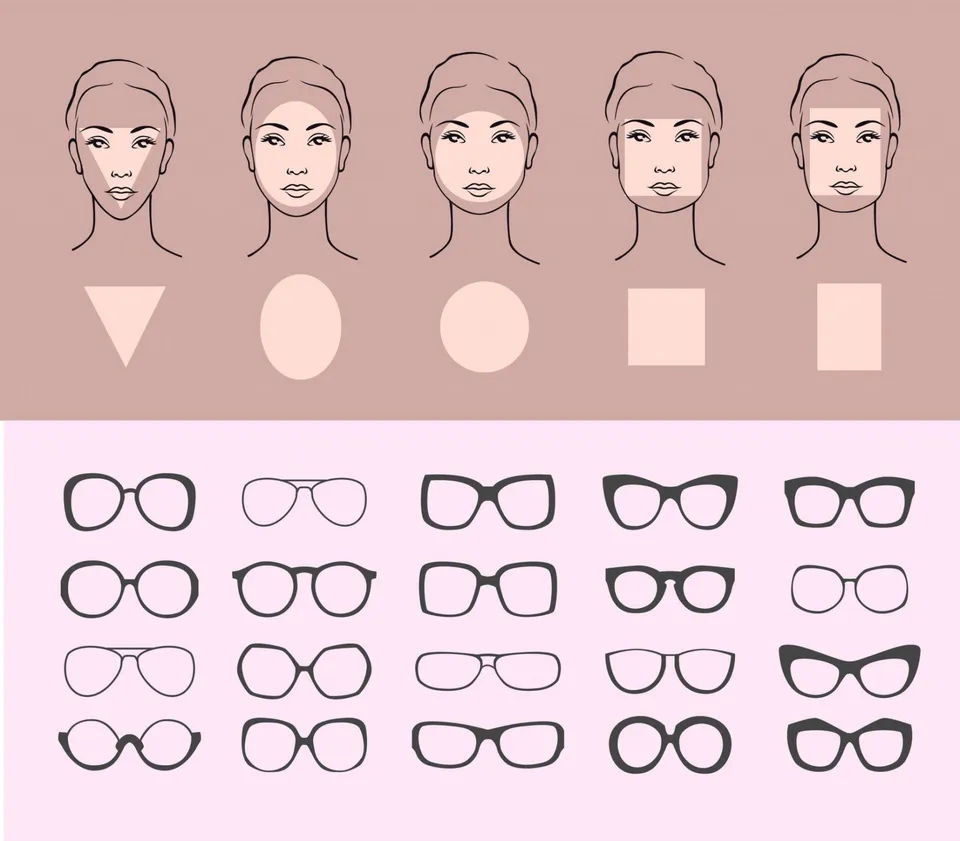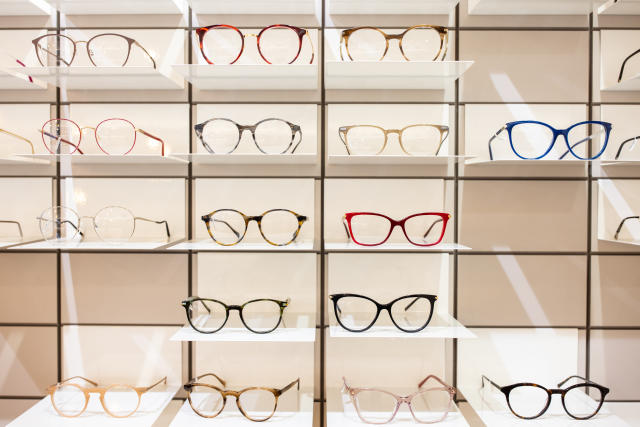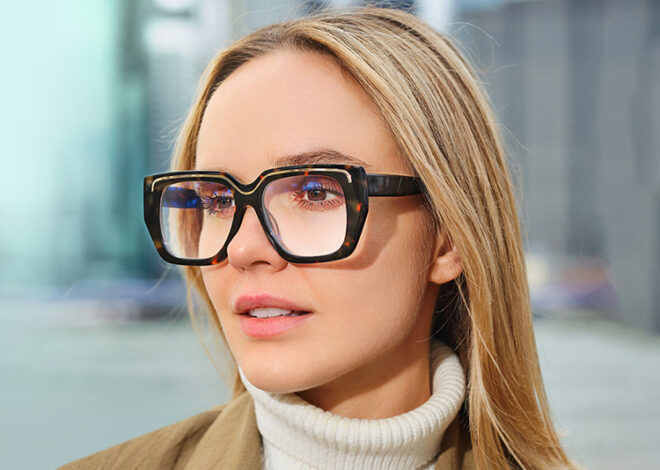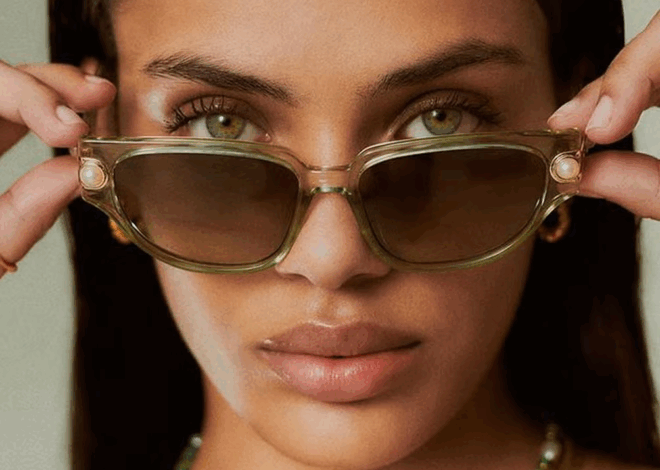
What Face Shape Is Best for Glasses?
inding the perfect pair of glasses isn’t just about prescription strength or lens type—it’s also about choosing frames that complement your face shape. The right pair can enhance your features, create balance, and even add a touch of personality. But with so many styles available, how do you know which glasses will suit you best?
In this guide, we’ll walk you through how to determine your face shape and help you pick the best frames for a flattering look.
Which Face Shape Most Lends Itself to Wearing Glasses?
Every face shape can look great in glasses—it’s just a matter of finding the right frame style to match your proportions. Below are the most common face shapes and the glasses that suit them best.
1. Round Face
- Features: Soft curves, full cheeks, equal width and height.
- Best Frames: Angular or geometric frames (rectangle, square, cat-eye) to add structure.
- Avoid: Small, round, or overly curved frames that emphasize roundness.
2. Oval Face
- Features: Well-balanced proportions, slightly wider cheekbones, narrow forehead and jawline.
- Best Frames: Almost any style works! Square, round, aviators, or bold statement frames.
- Avoid: Frames that are too large or too small for your face.
3. Square Face
- Features: Strong jawline, broad forehead, straight sides.
- Best Frames: Round, oval, or rimless frames to soften angular features.
- Avoid: Boxy, thick, or square frames that accentuate sharp angles.
4. Heart-Shaped Face
- Features: Broad forehead, high cheekbones, narrow chin.
- Best Frames: Aviators, round, or bottom-heavy frames to balance the face.
- Avoid: Top-heavy frames that draw more attention to the forehead.
5. Diamond Face
- Features: High cheekbones, narrow forehead, pointed chin.
- Best Frames: Oval, cat-eye, or rimless frames to soften sharp angles.
- Avoid: Narrow or boxy frames that exaggerate the width of the cheekbones.
6. Oblong (Rectangular) Face
- Features: Longer than wide, straight cheek lines.
- Best Frames: Oversized, round, or tall frames to add width and balance.
- Avoid: Small, narrow frames that make the face appear even longer.
No matter your face shape, confidence is key—the best glasses are the ones that make you feel great!
How Do I Tell My Face Shape for Glasses?
If you’re unsure about your face shape, here’s how to determine it:
1. Measure Your Face
Using a soft tape measure or a ruler, note the following:
- Forehead Width – Measure across the widest part.
- Cheekbone Width – Measure from cheekbone to cheekbone.
- Jawline Width – Measure across the jaw at its widest point.
- Face Length – Measure from the hairline to the tip of your chin.
2. Analyze Your Proportions
- If your face is about as wide as it is long, you likely have a round or square face.
- If your cheekbones are the widest part, you probably have a diamond or heart-shaped face.
- If your face is longer than it is wide, you likely have an oval or oblong face.
3. Use a Mirror or Take a Selfie
- Pull your hair back and take a front-facing photo.
- Trace the outline of your face and compare it to common face shapes.
- If in doubt, ask a friend for their opinion!
How Can I Tell Which Glasses Will Suit Me?
Now that you know your face shape, here are a few additional tips to ensure you pick the best glasses for your style and features.
1. Consider Your Skin Tone & Hair Color
- Warm Tones (golden, peach, olive skin) – Go for earthy colors like tortoiseshell, brown, gold, or warm reds.
- Cool Tones (pink, rosy, blue undertones) – Choose cool shades like black, silver, blue, or pastels.
2. Match Your Frame to Your Personality
- Classic & Professional? Stick to timeless rectangular or oval frames.
- Trendy & Fashion-Forward? Try bold colors, oversized frames, or geometric styles.
- Casual & Minimalist? Opt for rimless or neutral-colored glasses.
3. Think About Your Lifestyle
- For everyday wear – Lightweight, durable frames with a comfortable fit.
- For sports & outdoor activities – Flexible, impact-resistant frames with polarized lenses.
- For reading or work – Blue light filtering glasses to reduce eye strain.
4. Try Virtual Try-On Tools
Many eyewear brands and retailers offer virtual try-on tools that let you see how different frames look on your face. This is a great way to experiment with styles before making a decision.
5. Don’t Be Afraid to Experiment
Glasses are not just a necessity—they’re also a fashion statement. Try on different styles, step out of your comfort zone, and have fun with your look!
There is no single “best” face shape for glasses because every face shape can find the perfect pair. The key is to:
- Identify your face shape using simple measurements or a mirror.
- Choose frames that enhance your natural features.
- Consider color, lifestyle, and personal style when picking glasses.
- Try different styles and see what makes you feel confident.



